Pencil Grasp Activities: 20 FUN Ideas for Kids
Affiliate and Referral links are used below to promote products I love and recommend. I receive a commission on any purchases made through these links. Please see my disclosure policy for more details. As an Amazon Associate, I earn from qualifying purchases.
Young children develop their pencil grasp through repeated practice. However, practicing over and over again with just a pencil is certainly not the answer. Use these simple and FUN activities to improve pencil grasp in children of all ages.
Pencil Grasp Activities – Table of contents
Why is pencil grasp important?
One of the most asked-about topics I get is that of pencil grasp. In fact, if I asked any Occupational Therapy practitioner in a school-based setting what they are asked about the most, it would probably be handwriting and pencil grasp.
You will probably see pencil grasp also referred to as pencil grip, depending on what you search online. For the purposes of this post, I will be referring to pencil grasp as the way a child holds a pencil for handwriting. Pencil grip will refer to adaptive tools that are sometimes used to promote proper grasp on a pencil. More on those in a little bit.
Why is pencil grasp important? Depending on how your child is holding their pencil, it could affect their legibility, speed, and other graphomotor skills down the road.
When an Occupational Therapist is evaluating a child for handwriting struggles, pencil grasp could be an issue IF challenges with legibility, handwriting speed, position, hand muscle strength, and other handwriting struggles are present.
Functional Grasps vs Proper Pencil Grasp
You may also see the term “functional grasp” used. You've all seen someone pick up a pen or pencil with a “funky” grasp. However, if that grasp is not affecting their legibility and speed, and they aren't having other handwriting challenges, there is a growing thought that trying to change that grasp is not beneficial.
This is why working with an Occupational Therapist is critical when addressing any handwriting challenges in the classroom or at home. They can really get down to the reasons why handwriting may be a challenge.
Stages of pencil grasp development
As soon as you notice your baby start to grasp and grab objects, they're building the foundations for future pencil grasp.
In child development, large muscles of the core, arm, and shoulder will develop first and then move to the smaller muscles of the hand.
A child's hand will not stop developing until they are much older, think teenage years!
I really like this post from Kelly Fradin MD FAAP, @adviceigivemyfriends on Instagram. It gives a great visual for what hand development looks like at different ages.
You will start noticing the beginnings of pencil grasp with a few different types of grasps.
Palmar Grasp (6 months old) – this grasp is where the baby uses their whole hand to grab at objects, all fingers and thumb.
There are a few different types of grasps between this one and the pincer grasp below. You can reference my blog post on pencil grasp development to see detailed pictures and descriptions.
Pincer Grasp (10 months old) – pinching the index and thumb fingers together in order to grasp smaller objects.
Palmar-Supinate Grasp (12-15 months old) – A fisted grasp with the thumb wrapped around towards the top of the writing utensil.
Digital-Pronate Grasp (2-3 years old) – The fingers are now pointed towards the writing end of the pencil, however, all fingers are still on the writing utensil. You'll also notice a child uses their whole arm to write, rather than smaller movements of the hand and fingers.
Static Tripod or Quadrupod Grasp (3-4 years old) – The static tripod grasp is a 3-fingered grasp with the index finger and thumb pinching and the writing utensil resting on the middle finger. However, you will not see a child using the tips of their fingers, they will be using the whole pad of those fingers to hold it and also still using whole arm movements to write.
A static quadrupod grasp is a 4 finger grasp, the thumb, index, and middle fingers being on the pencil and then tucked on the 4th finger. The 4th and 5th fingers are also tucked into the palm of the hand.
Dynamic Tripod Grasp or Quadrupod Grasp (5-6 years old)
These two grasps are more dynamic in movement, meaning the pencil movement comes from the fingers and wrist, instead of from the elbow and shoulder like the static. This grasp is more like a mature, adult grasp.
One thing that really stands out to me is that we should NOT be expecting preschoolers to hold a pencil like a 5-6-year-old should be mastering. This is not developmentally appropriate and we should be focusing on building the foundations through the fine motor, gross motor, and visual motor skills instead. Keep reading in the next section for what type of activities you can focus on.
To read more, check out my post on typical pencil grasp development here (the most popular post I have on my site!).
How do you promote pencil grasp?
Out of all the grasps we talked about above, the pincer grasp is probably the most important one to focus on. Improving your child's pincer grasp will greatly improve their overall skill of being able to grasp a pencil. You'll notice with that dynamic tripod grasp that they are pinching the writing utensil with their thumb and index finger. If a child's pincer grasp is weaker or they lack endurance, they may struggle in holding a pencil.
Plus, the pincer grasp is needed for so many other everyday life skills such as getting dressing, eating, bathing, and more.
Focus on all the building blocks of development, such as bilateral coordination, crossing midline, visual perceptual skills, and more. And don't forget about sensory processing and the proprioception system. All of these working together is what helps make the biggest difference in your child being able to hold a pencil.
I wrote a post all about the foundational skills of handwriting mechanics and this visual is very helpful when talking about pencil grasp.
What activities help with pencil grasp?
I hinted at this above, but let's take a look at some specific areas to focus on when looking for activities to help with pencil grasp:
- Posture and core stability – does the activity help improve core strength and posture? Are different surfaces involved like using a vertical surface instead of a flat surface? Can I adapt the activity to include a different surface?
- Bilateral coordination – does the activity promote your child using both hands together in either the same type of movement or one hand being used to stabilize, while the other completes the activity?
- Proprioception and sensory processing – Will the activity not work right if they are holding it too gently or with too much pressure? Does it help them to see if they are holding something too hard and it will break or too softly and the activity won't work right?
- Crossing midline – does the activity promote them crossing over the midline of their body with their eyes, arms, or legs?
- Fine motor activities – does the activity engage any fine motor skills such as hand strength, finger, and wrist movement, in-hand manipulation skills, and more?
- Visual-motor skills – does the activity engage things like visual perception and eye-hand coordination?
This does not mean that every single activity must meet all the ideas above. However, having a wide variety of activities to address different areas of development will get you the most “bang for your buck!”
And you can always look to see how an activity might be adapted or graded to include an area like posture (hello vertical surfaces).
What writing tools can help kids with pencil grasp?
Introducing a few different types of writing tools along the way can help promote a good grasp for many kids.
Rock crayons for older babies and toddlers
These rock crayons are a great option for younger children as they begin to explore grasping with their fingers instead of their whole hand.
Golf pencils for preschoolers and kindergarten-aged children
Smaller writing utensils will help keep additional fingers that should be placed in the palm of the writing utensil. Most preschool and Kindergarten age children should be using mini-sized pencils. You can always sharpen down a regular-sized pencil if needed.
If you are working with crayons, sometimes breaking them in half will be very beneficial. Yes, I know, breaking the crayons goes against everything inside our adult hearts, but trust me, it can be a huge help! 🙂
Triangle pencils by TICONDEROGA®
Personally, I have found using a triangle-shaped pencil helpful for my own children. These regularly sized tri-writes by Ticonderoga® are great. I like trying these with children who are struggling to hold a pencil before trying adaptive grips.
Adaptive pencil grips for older children
Pencil grips are a last resort for me. I would much rather focus on trying a smaller pencil and working on fine motor skills before introducing a pencil grip.
That being said, the Stetro Pencil Grips below have been my favorite to use for some kids who do just need some extra physical and visual supports for where to place their fingers.
A Note on Jumbo Pencils
There are instances where a child has physical limitations that would make a writing with a small writing utensil very difficult. Maybe they have a strength or finger dexterity challenge that makes holding onto a smaller object very difficult and frustrating.
Sticking to the “only use small pencils” mindset would not be beneficial or helpful for children in this case. If using a large, jumbo crayon or marker, or large triangle pencils makes it so that the child can actually attempt a writing activity and have success, then we should be sure to provide that.
20 FUN Pencil Grasp Activities
We made it to the actual activities! 😉 Though I do hope you stuck with me and read about the importance of all the stages of grasp development.
Remember to think about how can you adapt any of these activities to be in a different position. Maybe have the child do it kneeling at a table, laying on the floor, or on a vertical surface. This will increase your core muscle strength and build up posture and endurance.
1 || Hand warm-up exercises
Hand warm-up exercises are a great way to get the shoulders, arms, elbows, wrists, and fingers reading for writing. I have an entire post here with hand warmup exercise ideas.
2 || Painting with cotton swabs or cotton balls
Using the cotton swab is a great alternative to finger painting or using a paintbrush. It is smaller and can help promote a good pinch grasp. For children who may struggle to hold a cotton swab, you can adapt it by using cotton balls, giving them more surface area to pinch.
3 || Push-pin activities
Push-pin activities would be great for older children who need extra help with pincer grasp. You can certainly try this activity with preschool children, but be extra careful because of the sharp points.
Here are some places to grab some push-pin activity printables:
- Pin Poking Activities & Free Printable from Montessori in Nature
- Teach Letters with Push Pins from The OT Toolbox
4 || Sand trays with a paintbrush
You can certainly use a finger with sand trays, however, I like to add in a small paint brush, especially with children who may be struggling with pencil control or grasp. It gives them extra exposure to holding the paintbrush in order to make the strokes in the sand. Plus, it's a lot more fun than just writing with a pencil.
You can set up all kinds of sand or writing strays, I've got 26 Writing Tray Ideas for you here.
5 || Rolling, pinching play dough
Any type of play dough activity, especially rolling it or pinching it to make shapes or designs helps with finger and hand strength.
6 || Paper clips
You can use paper clips for counting activities with math, paper clip chains, or in other fine motor activities like these ideas below:
- Fine Motor Activities and Games with Paper Clips from The OT Toolbox
7 || Tweezers
For older children who need extra help with pincer grasp, using tweezers instead of tongs will help challenge them a little bit more by holding a smaller object. This is a great way to grade an activity up if you think tongs would be too easy or too large for them to hold.
8 || Lacing cards
Lacings cards are great for visual motor skills. I have a few lacing cards available on the site here:
- Outer Space Lacing Cards
- Spring Lacing Cards from Teaching Mama
9 || Stacking blocks
Wood blocks are my favorite as they provide more tactile feedback than plastic blocks. You can read some more about block designs, which help promote good visual perceptual skills here.
10 || Puzzles
Puzzles work on visual perceptual skills and other visual motor skills needed for handwriting.
11 || Pop bubble wrap
Using the index finger and thumb to pop bubble wrap, or squeezing large pieces of bubble wrap paper together with the hands is a fun way to get hand and finger strengthening.
12 || Stringing/threading beads, pasta, etc.
You can use yarn, small wood sticks, wiki stix, or other materials to string beads, pasta shapes, blocks, etc. This works on bilateral coordination, crossing midline, pincer grasp, and more!
13 || Tongs
Pinching tongs in a sensory bin or in water play will help work on hand strength and give other ways to practice holding a utensil with a pincer grasp.
14 || Pipe cleaners
You can use pipe cleaners to thread beads, and pasta, or bend them to make letters and shapes. It's a great way to get more pinch grasp practice.
15 || Cutting with scissors
Any type of scissor activity will help with bilateral coordination skills, crossing midline, hand strengthening, and more.
16 || Peeling stickers
I love peeling stickers to practice pincer grasp. You can use the stickers for a collage, or to trace a pre-writing line on a worksheet.
17 || Squirting spray bottles
You can make a target for the children to try and hit, or have them clean a window, writing board, etc.
18 || Cooking in the kitchen
Pouring, dumping, mixing, rolling our dough, etc., are all great fine motor activities for writing grasp practice.
19 || Playing with Legos®
Many children love playing with Legos® or Duplos®. Just having the available to use and play with is a great way to encourage fine motor skills, visual-motor skills, and more for pencil grasp.
20 || Using stencils
Stencils can be a great way to work on bilateral coordination, drawing skills, pre-writing lines, and more.
The Handwriting Book
Believe it or not, I was not able to talk about everything related to handwriting or pencil grasp in this post. You can find all the handwriting resources you need in The Handwriting Book, written by 10 pediatric therapists, including myself!
Get tips, tricks, and solutions for handwriting struggles such as:
- Size, spacing, and alignment concerns
- Engaging reluctant writers
- Sensory challenges and handwriting
- Visual perception concerns and handwriting
- Gross motor and fine motor consideration with handwriting
Plus get ideas for an at-home handwriting exercise program that you can send home with students or use in the classroom!

Heather Greutman, COTA
Heather Greutman is a Certified Occupational Therapy Assistant with experience in school-based OT services for preschool through high school. She uses her background to share child development tips, tools, and strategies for parents, educators, and therapists. She is the author of many ebooks including The Basics of Fine Motor Skills, and Basics of Pre-Writing Skills, and co-author of Sensory Processing Explained: A Handbook for Parents and Educators.

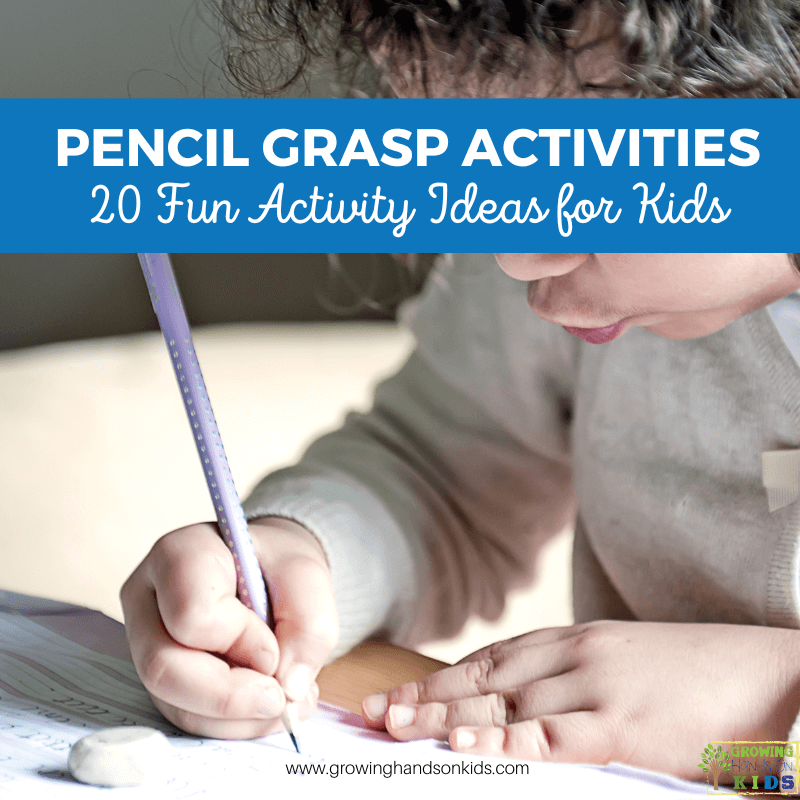
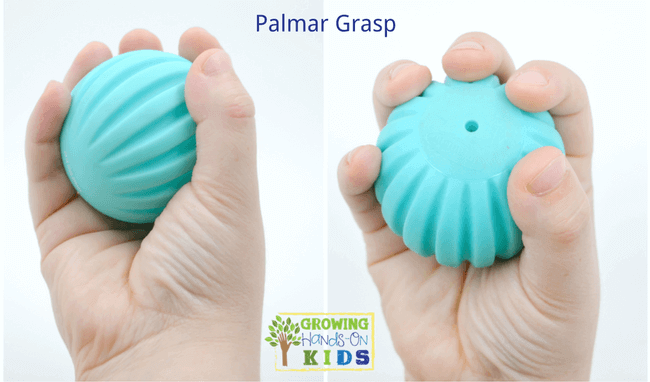
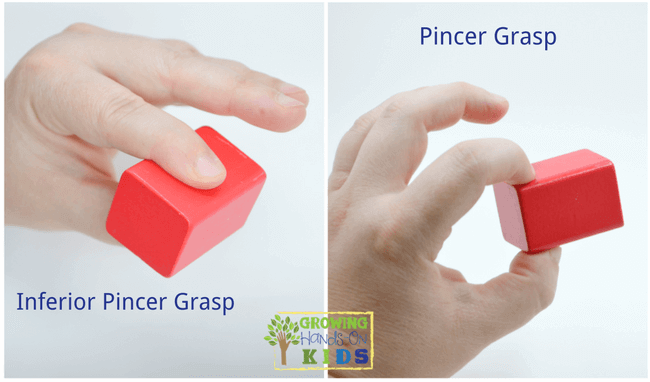
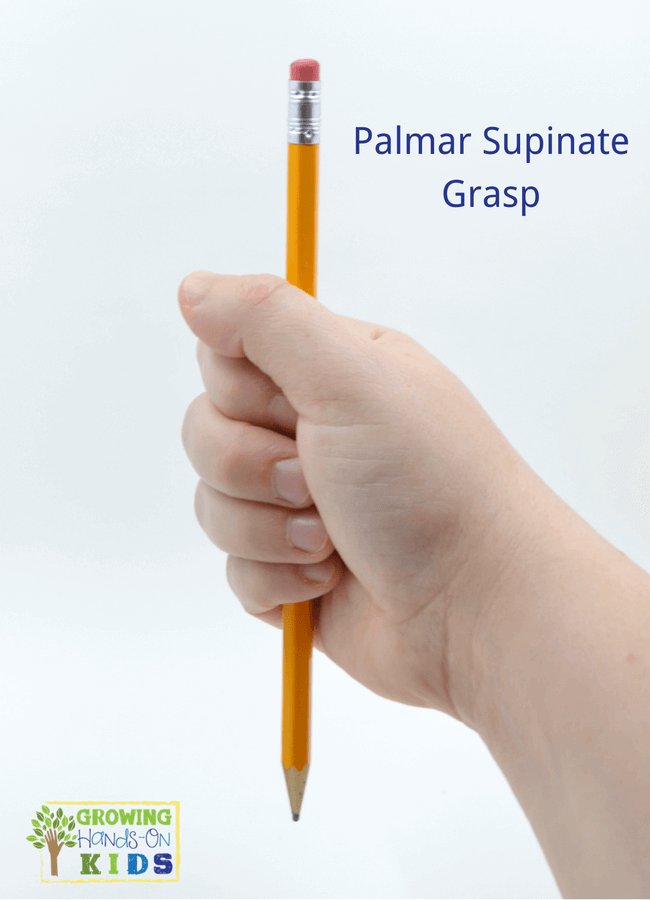
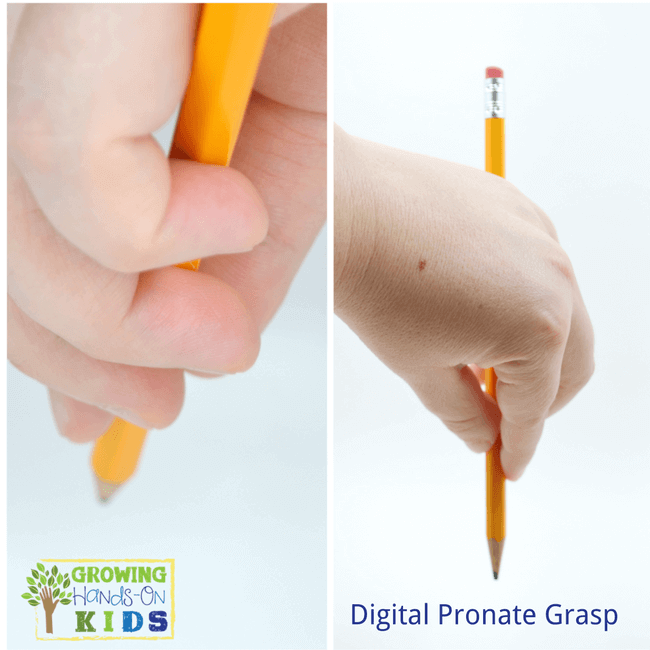
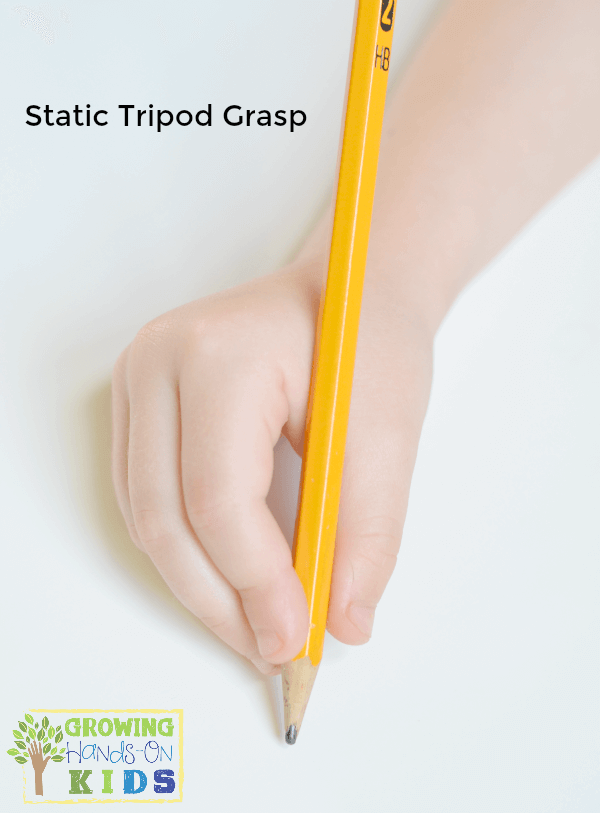
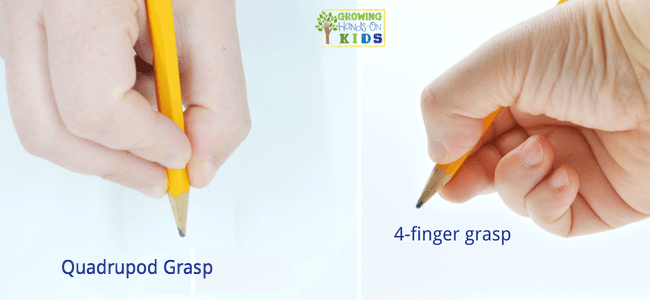
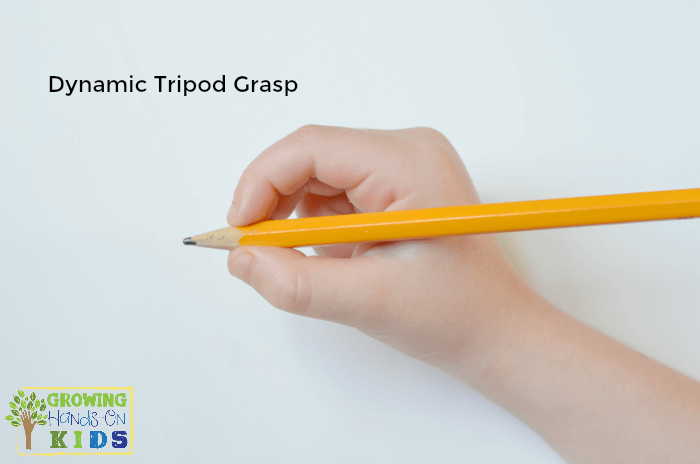
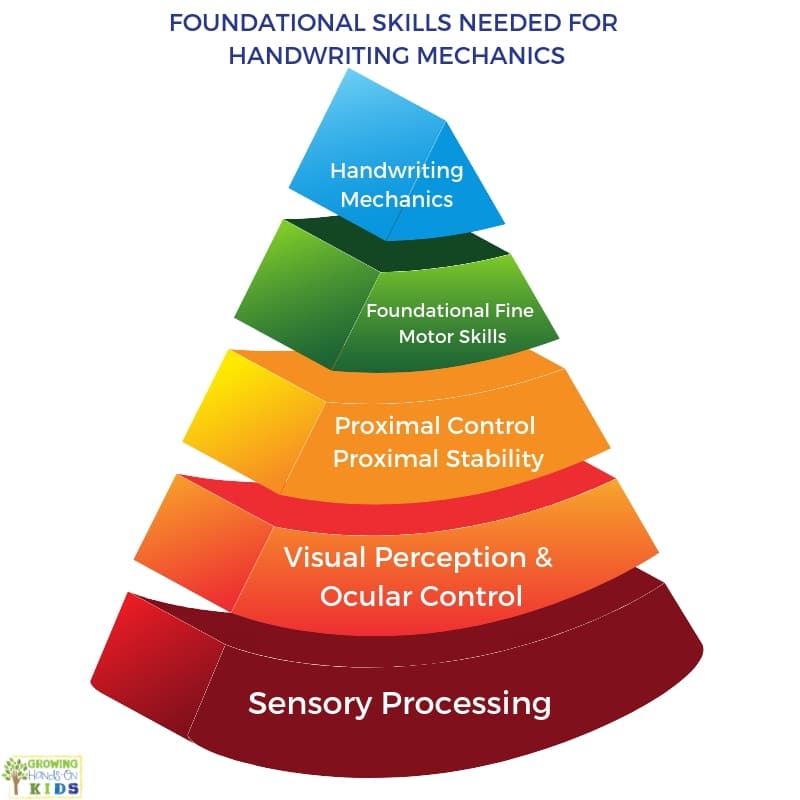




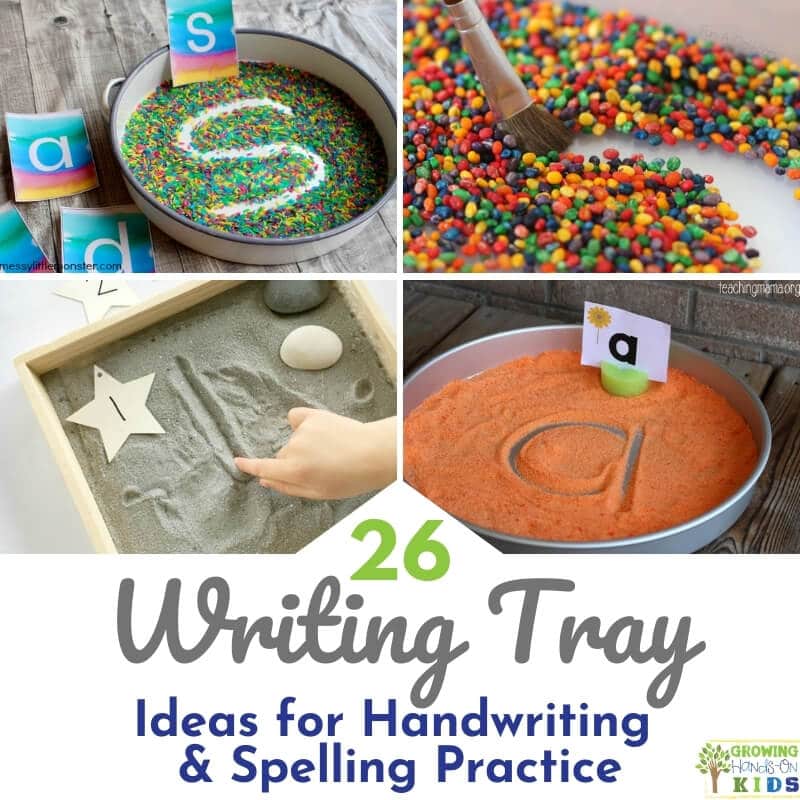
This is great! I would love a printable version to use as a handout for parents
This is a good resource for ideas and reminders! Thanks 😊
I believe you may want to edit what you said in the first paragraph of The Handwriting Book paragraph though. I believe you meant that you were NOT able where it says able able.
Thank you! Fixed that. 🙂